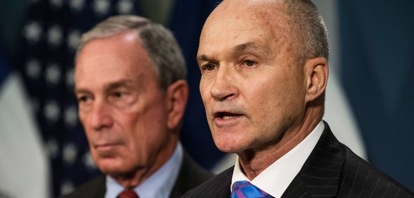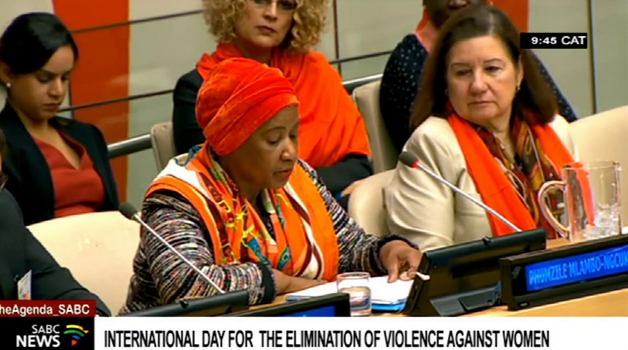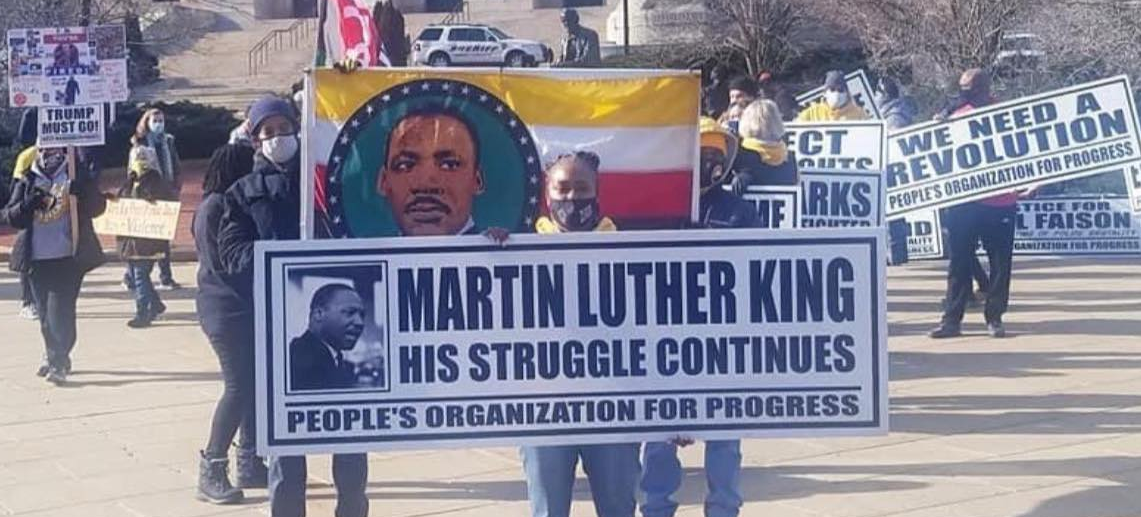Mayor Bloomberg and Commissioner Kelly
[New York City]
After analyzing close to 150,000 arrests that resulted from approximately 2.4 million stops between 2009 and 2012, a report by New York State’s Attorney General Eric T. Schneiderman found that just three percent of stops, led to guilty pleas or convictions at trial.
A mere 0.3 percent of stops led to jail sentences of more than 30 days, and just 0.1 percent led to convictions for a violent crime. The report also finds widespread consequences for arrestees and criminal justice institutions, including litigation costs incurred by the city, and various harms even to individuals arrested for misdemeanors.
The report, released today by the AG’s office, is also available online.
The first report of this kind, released in 1999 by then AG Elliot Spitzer, found that Blacks and Hispanics were stopped and frisked at a disproportionate rate, even when controlling for demographics and crime rates.
“My office’s analysis of the city’s stop and frisk practices has broad implications for law enforcement, both in New York City and across the state,” says Attorney General Schneiderman. “It’s our hope that this report – the first of its kind – will advance the discussion about how to fight crime without overburdening our institutions or violating equal justice under the law.”
He adds: “The vast amount of data we analyzed over four years should serve as a helpful guide to municipalities and law enforcement officials around the state, where stop and frisk practices are used to varying degrees. I want to thank the NYPD and the Office of Court Administration for providing the data for our report.”
Reacting to the report, in a statement the activist and human rights group Communities United for Police Reform says: “The Attorney General’s report provides more proof that the Bloomberg administration’s abusive stop-and-frisk program is as ineffective as it is wrong. While violating the rights of law-abiding New Yorkers of color, it results in a miniscule percentage of arrests that are not dismissed. It’s time for the Bloomberg administration to stop delaying reforms to a policing program that doesn’t increase safety or serve the public interest.”
New York City Mayor Michael Bloomberg and Police Commissioner Ray Kelly claim Stop-and-Frisk prevents gun murders, assertions not supported by statistics since hardly any weapons are seized.
In August U.S. District Judge Shira A. Scheindlin ruled that Stop-and-Frisk was unconstitutional and appointed a monitor over the NYPD to oversee reforms. Separately the New York City Council passed laws to oversee the NYPD and to allow victims of wrongful stops to sue the City.
An Appellate Court stayed Judge’s Scheindlin’s ruling following an appeal by the Bloomberg administration; the appellate panel of three removed Judge Scheindlin from the case.
The AG’s report, which relies on data obtained from the NYPD and the Office of Court Administration, looks at: (1) the patterns observed between arrest and disposition; (2) the nature of the offenses charged by the NYPD at the time of arrest and how those charges were reduced by the time of conviction, and (3) racial disparities observed from time of arrest to time of disposition. Among core findings set forth in the report are the following:
[] Close to half of all stop and frisk arrests resulted in no convictions because the arrestees were never prosecuted, their cases were dismissed, or they received an adjournment in contemplation of dismissal –a dismissal of a charge if the defendant does not commit another crime within six months or a year;
[] Just one in 16 stop and frisk arrests—or 0.3 percent of all stops—led to a jail or prison sentence of more than 30 days;
[] Just one in 50 stop and frisk arrests—or 0.1 percent of all stops—led to a conviction for a violent crime;
[] Just one in 50 stop and frisk arrests—or 0.1 percent of all stops—led to a conviction for possession of a weapon;
[] Almost one quarter of stop-and-frisk arrests (24.7 percent) were dismissed before arraignment or resulted in a non-criminal charge.
The report also highlights the collateral consequences that arrests have for all individuals subject to stop and frisk, regardless of the ultimate outcome of the case, and the burdens that various aspects of the stop and frisk program place on institutional actors within the criminal justice system. This includes threats of a possible loss of employment, housing, student loans, and immigration status, even for those charged with misdemeanors, and added incentive to plead guilty.
The practice caused a sharp uptick in litigation costs for New York City for lawsuits alleging constitutional violations by the NYPD. In 2009, for the first time in 30 years, the NYPD had the largest legal settlements of any city agency.
Significant costs on defendants and district attorneys’ offices for arrests that did not lead to arraignments—also known as undocketed arrests, is another consequence.







